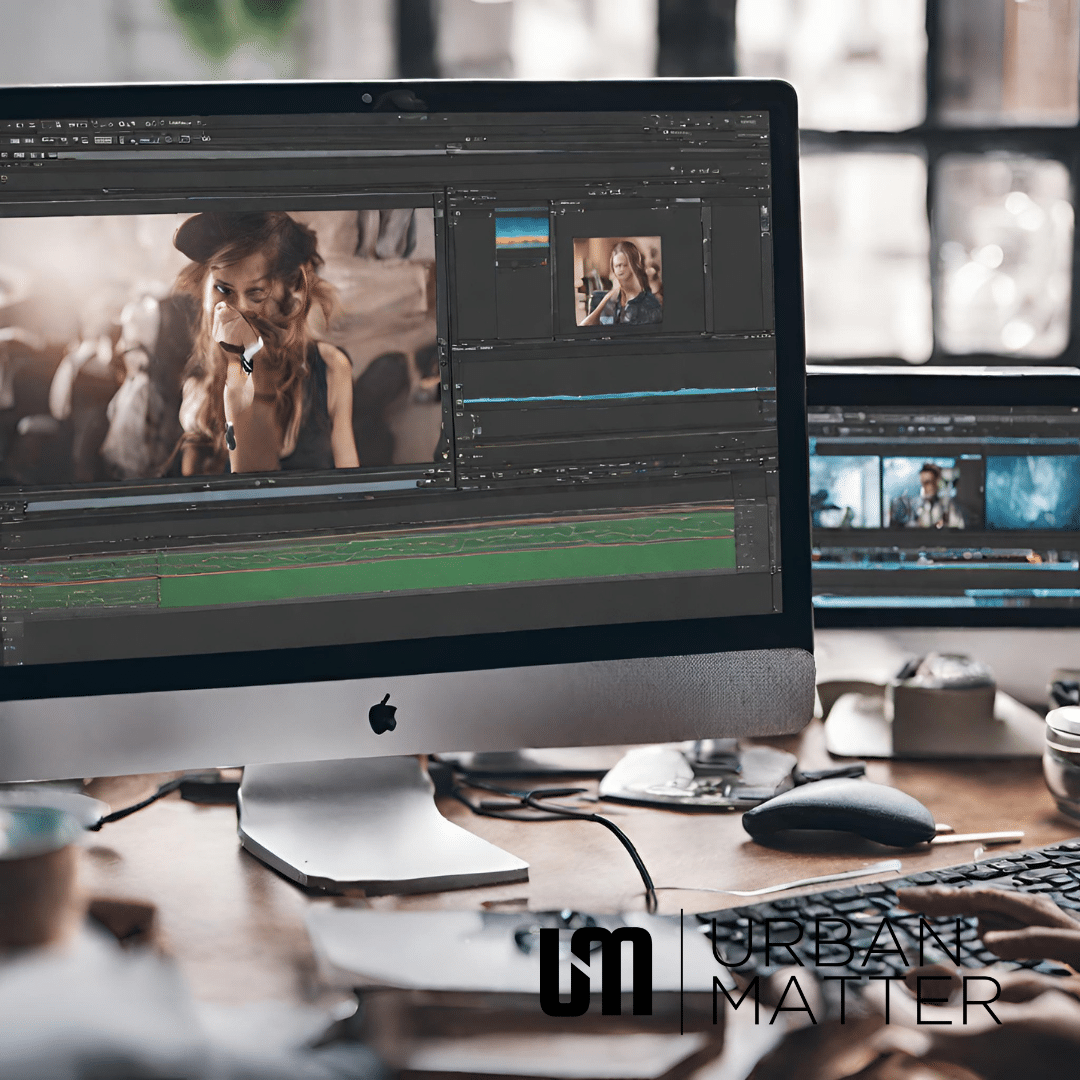Table of Contents
Whether you’re an aspiring YouTuber, a social media enthusiast, or simply someone who wants to create memorable home videos, video editing is a skill that can take your content to the next level. But if you’re just starting out, professionals at Avid Media Composer know that video editing can seem daunting. Fear not, because we’re here to guide you through some essential video editing techniques for beginners to help you enhance your videos and tell your stories more effectively.
Choosing The Right Video Editing Software
Before diving into the world of video editing, you must select the right software for your needs. There are many options available, ranging from free to professional-grade software. For beginners, it’s a good idea to start with something user-friendly like Adobe Premiere Pro, Final Cut Pro, or even simpler software like iMovie (for Mac users) or Windows Movie Maker (for Windows users). These programs offer a wide range of features without overwhelming you with complexity.
Organizing Your Footage
Before you start creating captivating videos and editing video content, it’s crucial to organize your footage. Experts at Avid Media Composer recommend creating a folder structure that makes sense to you. You must also label your files clearly. This will save you time searching for specific clips and assets. A well-organized project is more efficient and less frustrating.
Storytelling Through Editing
Video editing is not just about cutting and pasting clips together; it’s a storytelling tool. Plan the narrative of your video before you start editing. Understand the message you want to convey and structure your video accordingly. Use your editing techniques to support your story and engage your viewers.
Cutting And Trimming
Cutting and trimming are the building blocks of video editing. To keep your audience engaged, you need to remove unnecessary content and ensure each clip serves a purpose. When trimming, it’s best to use keyboard shortcuts for efficiency. For example, “I” marks the in-point, and “O” marks the out-point for the segment you want to keep. Use the “Delete” key to remove the unwanted portions.
Mastering Transitions
Transitions help create a seamless flow between different clips. The choice of transition depends on the mood and style of your video. Here are a few common transitions to consider as a newbie:
- Cut: The most straightforward transition is a cut, an abrupt shift from one clip to another. It’s perfect for creating a fast-paced, energetic feel.
- Fade In/Fade Out: Fades are used to start or end a scene smoothly. They can convey a sense of time passing or create a dreamy atmosphere.
- Crossfade (Dissolve): This transition involves blending two clips together gradually. It’s great for changing locations or time periods.
- Wipe: Wipe transitions involve one clip “wiping” the other way. They’re fun and can add a touch of creativity to your videos.
- Zoom In/Zoom Out: These transitions zoom in or out of a frame to emphasize a detail or change the perspective.
Adding Text And Graphics
Text and graphics can enhance the information and engagement level of your videos. You can use them for titles, subtitles, and captions. Additionally, you can incorporate shapes, icons, and animations to make your content more visually appealing. Most video editing software offers tools for text and graphic elements, making it easy for beginners to add this dimension to their videos.
Perfecting Audio
Audio is often an overlooked aspect of video editing. Poor audio quality can drive viewers away faster than anything else. Pay attention to the following audio aspects:
- Volume: Check that the audio levels are consistent throughout the video. Adjust the volume to balance dialogue, music, and sound effects.
- Music: Choose music that complements the mood and style of your video. Make sure it doesn’t overpower your narration or dialogue.
- Voiceovers: If you have a voiceover, record it separately with a good-quality microphone. Clear, well-recorded voiceovers make a significant difference in the professionalism of your video.
- Sound Effects: Adding sound effects can enhance the viewer’s experience. Just be sure not to overdo it.
Color Correction
Color correction can significantly improve your video’s visual quality. You can adjust the brightness, contrast, saturation, and color balance to create a more cinematic look. Many video editing software options provide tools for color correction that are beginner-friendly.
Exporting And Sharing
After you’ve completed your video, it’s time to export and share it with the world. Different platforms may have specific requirements for video formats, so check those before exporting. Common formats include MP4 and MOV; you can usually choose the quality settings.
Conclusion
Video editing is an art that requires practice and patience. The key to success is mastering the fundamental techniques, organizing your project efficiently, and telling a compelling story. With these essential video editing techniques for beginners, you’ll be well on your way to creating captivating videos that resonate with your audience.


